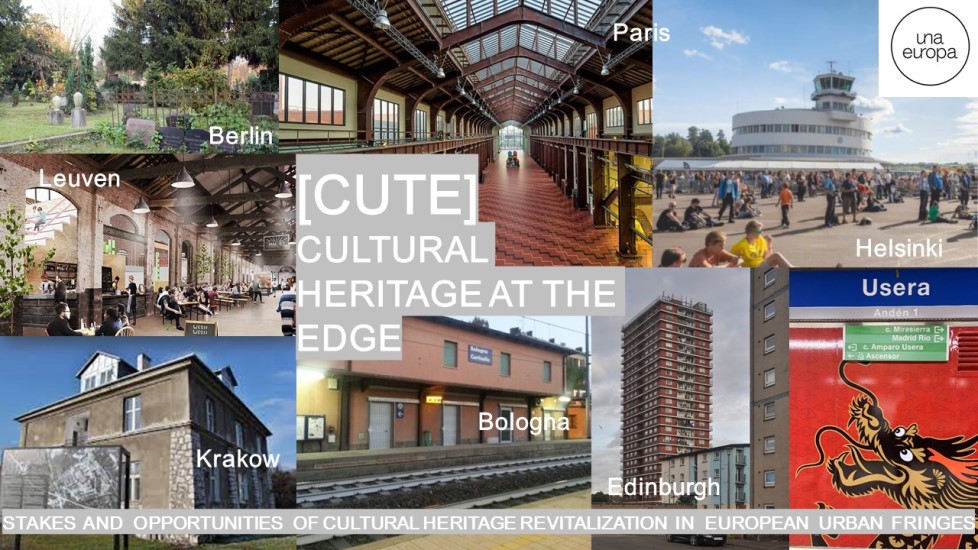
|
|
|
Scientific legitimacy > Innovation in cultural heritage studiesCultural heritage as asset for achieving inclusion, sustainable goals, democracy and well being In the last decades of the 20th century, the notion of cultural heritage went through a shift by moving from an object-centred approach to a subject-centred one, focusing less on the heritage object itself and more on its intangible social and relational potential. Heritage has come to be understood more as an agent and a process rather than isolated, selected objects, cutting across social, cultural and environmental issues. The Framework Convention on the Value of Cultural Heritage for Society of the Council of Europe (Faro Convention, 2005), marks the conceptual, philosophical and ethical turn towards democratic and human values by anchoring heritage rights, cultural rights and human rights at the centre of a renewed understanding of cultural heritage. Cultural heritage is located at the very centre of current social, economic and cultural considerations; it can be a means to achieve sustainable goals, to achieve social justice and to guarantee empowerment. This also leads to a re-examination and questioning of the hierarchies as well of the heritage stakeholders at different levels (policy makers, heritage practitioners and local communities, the academic world) contributing to the dynamic production of cultural heritage as a source of democracy and well-being. The UN 2030 Agenda recognises culture as a driver of sustainable development. Heritage plays an important role in the mediation between the a priori conflictual concepts of conservation and development. Its proper management can therefore contribute to a more inclusive society by facilitating a closer integration of the economic, social and symbolic values it represents. Cultural heritage of urban fringes as a more inclusive scenario for local development These issues are particularly crucial for the emerging, and often contested and dissonant heritage of the urban fringes, in which heritage is on the one hand emergent and shifting, and on the other, closely connected to equally emergent and shifting populations of citizens through tangible and intangible manifestations of heritage. Undervalued in recent years, the heterogeneous vestiges and heritages of the suburbs are beginning to be recognized by local, metropolitan and regional authorities as assets on which is possible to build new and more inclusive scenarii for local development. De- and post-industrialized areas are redeveloped and former factory buildings are converted into cultural and leisure spaces, attracting new visitors to formerly stigmatized areas. An “off the beaten tracks” tourism is developed in these areas attracting visitors to less monumental but more adventurous spaces, offering new experiences (such as URBEX: urban exploration) under the guidance of local communities and with use of digital technologies for discovering, recording and sharing adventures. Politically speaking, they have also become important in the current COVID context, in which local authorities aim at developing new approaches of “local” or regional tourism as well as alternative cultural offers. Through COVID, visitors learned to appreciate nearby destinations and are looking for experiences “off-the-beaten tracks” that avoid big crowds in over-touristic places. The issue of “proximity” tourism and the (re)discovery of fringe areas becomes crucial (ex. current initiatives by the under development “Grand Paris” to open-up and develop industrial vestiges as cultural venues). |
| Online user: 3 | Privacy |

|
